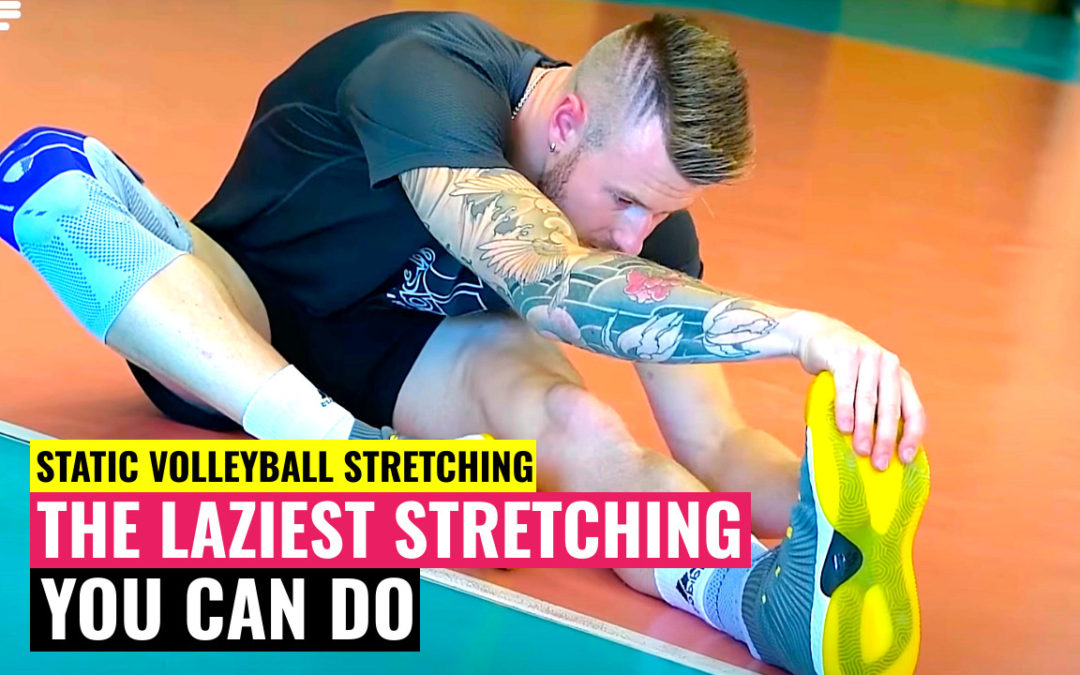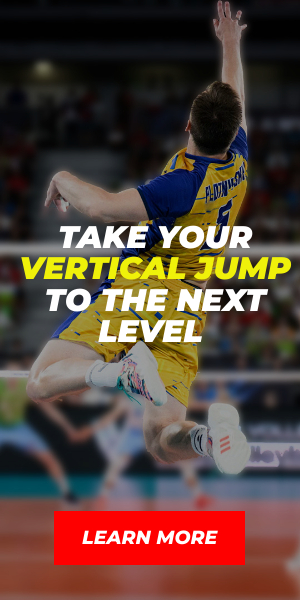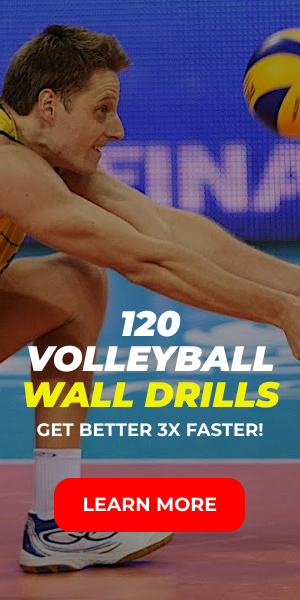Many of you ask me how to stretch after a volleyball practice or match. In today’s video, I’ll show you the exercises you should do after practice. A stretch that is not difficult and I call it lazy stretching. I’ll also tell you the reasons why you should actually stretch after a match, the difference between dynamic and static stretching, and what muscles volleyball players put the most stress on. Let’s get to it.
Reasons to do stretching
Volleyball is a demanding sport for our bodies, we do a lot of fast movements, we hit the ball hard, we are constantly jumping and landing. Our body, muscles, tendons and joints are under a lot of stress. That’s why it’s essential for volleyball players to do stretching.
Reasons why do stretch
- Increases our performance
- Maintains muscle and tendon flexibility
- Improves joint mobility and flexibility of the whole body
- Acts as a preventative measure against muscle and joint injuries – such as muscle, tendon and muscle tendon tears
- Prevents muscle imbalances
- Reduces body tension and relaxes the whole body
- Increases resistance to fatigue
That’s why every volleyball player, professional or amateur, should regularly stretch not only after practice and matches, but also before training.
Dynamic vs. static stretching
Before training, it is better to focus on dynamic stretching, where we stretch each muscle group during movements and dynamic exercises. For example, you can try my 5 minute dynamic stretching routine, the link to the video pops up now in the top right. Static stretching is preferable to dynamic stretching after a practice or game. Static stretching is usually done over a longer period of time.
When we had the famous coach Julio Velasco on the national team, we used to do stretching for sometimes forty-five minutes.
Also, when I played in Italy, after a match we would lie on the ground and devote ourselves to stretching for at least twenty minutes. Yes, for some it may seem like a waste of time, but believe not only me, by stretching you will significantly reduce the possibility of muscle injury and also relax the muscles that have taken a beating in the match.
What muscles do volleyball players stress?
Volleyball is not an endurance and conditioning intensive sport like football and longer runs in athletics. You don’t have to be physically fit to climb Mount Everest. On the other hand, volleyball involves the whole body, all the muscles.
It follows then that volleyball players have problems, pain and injuries all over their bodies. Someone’s shoulder hurts, another player will complain of back pain. Often our knees or ankles hurt too. And almost every volleyball player will also encounter muscle problems during their career, where we pull a muscle in our thigh or have a blocked neck, for example.
That’s why we need to focus on almost the whole body when preventing and stretching.
Imagine a football player, running and kicking the ball. His legs have to keep running for ninety minutes. He doesn’t use his arms except to throw in a ball. A volleyball player, on the other hand, jumps all game, makes quick moves in the court, and on top of that his shoulders have to withstand sometimes more than fifty attacks per game. Simply, in volleyball we need to focus on stretching the whole body.
Lazy stretching
Before I get into the actual exercises I recommend doing after practice or a match, I want to mention a form of this exercise I call it lazy stretching. Since we play volleyball mostly indoors where it’s warm and the floor is clean, we can do the entire stretch in the same place, sitting or lying on the floor.
We don’t have to walk anywhere, we don’t have to stand up, we can just drop to the floor and literally roll on the floor for fifteen or twenty minutes. That’s why I call this stretching that we do exclusively on the ground, lazy stretching, it costs us almost no energy. But now let’s get to the actual exercises I recommend you do after your volleyball practice or game.
Stretching for volleyball players after training and matches
First of all, I would like to mention that it is important to stretch the big muscle groups on the body during post-match and post-practise stretching. These are the ones that are most stressed in volleyball. Therefore, always take the time to stretch your back, legs and shoulders as a minimum. The following exercises are all performed on the ground, in one spot in a static position. You can do them in the sequence I’m demonstrating, or you can combine them at your own discretion.





